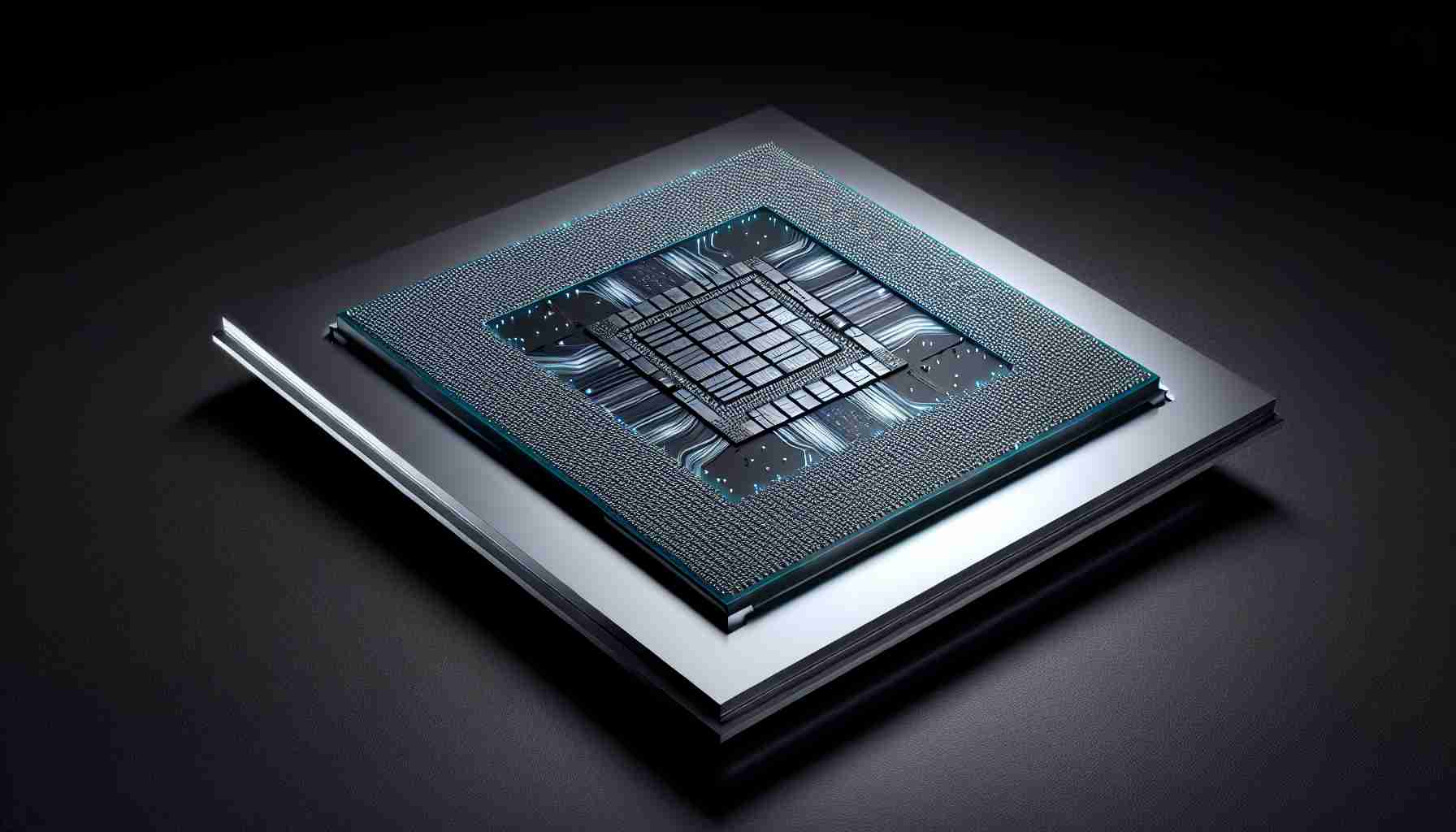Huawei is raising the stakes in the tech industry with the anticipated introduction of the Kirin 9010 processor. Striving to outperform its own 7nm Kirin 9000 chipset found in the globally recognized Mate 60 series, Huawei has developed internal enhancements for the next-gen processor. Despite the U.S.’ stringent export regulations instituted in 2020, designed to restrict Huawei’s access to 5G application processors, the company continues to innovate.
Huawei’s Adaptive Approach Amid Sanctions
Seeking alternatives after the sanctions, Huawei was required to secure specific licensing from U.S. authorities to utilize Snapdragon chips, which were modified to exclude 5G capabilities, for their premium models including the P50 and Mate 50. The Kirin 9010 reportedly boasts a 12-core CPU cluster, reflecting Huawei’s commitment to progress even with supply chain setbacks.
Assessment of Processing Power and Efficiency
Advancements in the Kirin 9010, however, come with their fair share of challenges. SMIC, China’s predominant chip foundry, faces limitations in procuring state-of-the-art lithography equipment, which impacts the processor’s effectiveness. Comparative analyses suggest that the Kirin 9010 has a performance core that lags by 30% in speed to the Cortex-X2 core of the preceding year’s Snapdragon 8+ Gen 1 chip, given the same power usage. A benchmark study shared by @negativeonehero indicated that the efficiency of the Kirin 9010 does not quite match its Qualcomm counterpart, with consumption and performance disparities when measured against, for instance, the Snapdragon 870.
Indomitable Spirit in Face of Technological Roadblocks
Despite the inability to access advanced lithography technology, Huawei has not been deterred. They have even filed a patent for a novel lithography technique that could circumvent these obstacles, signaling their unwavering dedication to innovation. Huawei fans have remained loyal, and the performance disparity does not seem to have affected the Mate 60 line’s success in China, the most extensive smartphone market worldwide.
As Huawei gears up to introduce the Kirin 9010 in the future Mate 70 series, the tech landscape eagerly watches to see if Huawei overcomes these challenges to level the playing field in the high-stakes world of chip manufacturing.
Global Semiconductor Industry Challenges
The Kirin 9010 processor’s development arrives amid a period of global semiconductor shortages that have affected a wide array of industries, from automotive to consumer electronics. This shortage has highlighted the fragility of the global supply chain and the importance of semiconductor independence, particularly for major tech companies like Huawei. As countries and companies strive for greater autarky in chip manufacturing, research and development into new and competitive chip technology have become even more crucial.
Technological Embargos and Innovation
The United States imposed embargos on Huawei, citing national security concerns, which have had significant implications for the company’s access to cutting-edge semiconductor technology. This has pushed Huawei to focus efforts on developing its own in-house technology to maintain competitiveness. The Kirin 9010 is an example of Huawei’s adaptability in the face of these restrictions.
Advantages and Disadvantages of Kirin 9010
The main advantages of the Kirin 9010 processor include:
– Advancements in CPU and potentially GPU performance over its predecessors.
– Potential for better power efficiency, which can lead to longer battery life in devices.
– In-house development that could lead to better hardware-software integration.
However, there are also disadvantages:
– Challenges in matching the performance of leading chips due to limitations in accessing advanced manufacturing equipment.
– Geopolitical tensions may limit the market for devices running on Kirin chips outside of China.
– Potential difficulty in keeping pace with the research and development capabilities of larger semiconductor companies.
Controversies and Key Challenges
The key challenges associated with Huawei’s Kirin 9010 processor include the geopolitical hurdles imposed by the U.S. government, supply chain logistics, and technical limitations due to equipment embargos. Additionally, the company faces the perpetual challenge of keeping up with the rapid pace of innovation in the semiconductor industry, where competitors like Qualcomm and Apple continuously introduce new enhancements.
Conclusion and Outlook
Overall, Huawei’s commitment to advancing its Kirin processors demonstrates its determination to secure a place within the highly competitive tech market. Whether the Kirin 9010 will help Huawei maintain its reputation and market share in the wake of U.S. sanctions remains to be seen. Industry professionals and consumers alike will watch with interest to see how the processor fares in the market and what strategies Huawei will employ to navigate the intricate landscape of international trade and technology competition.
For further information on Huawei’s ventures and the tech industry in general, you can visit their official website at Huawei. Please note that the provided link directs to Huawei’s main domain, and the validity of the URL should be checked for the most up-to-date information.
The source of the article is from the blog regiozottegem.be
